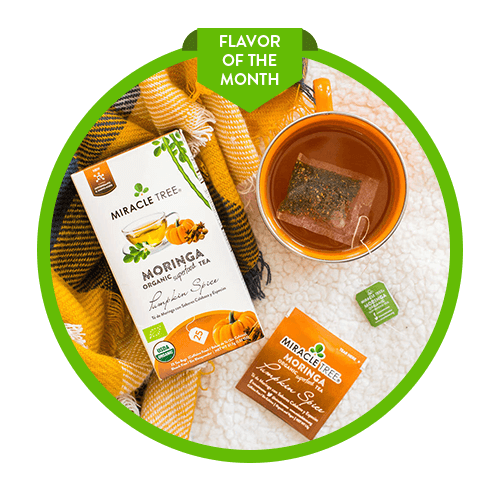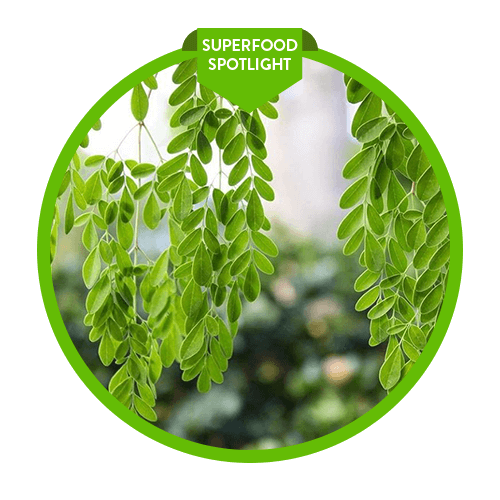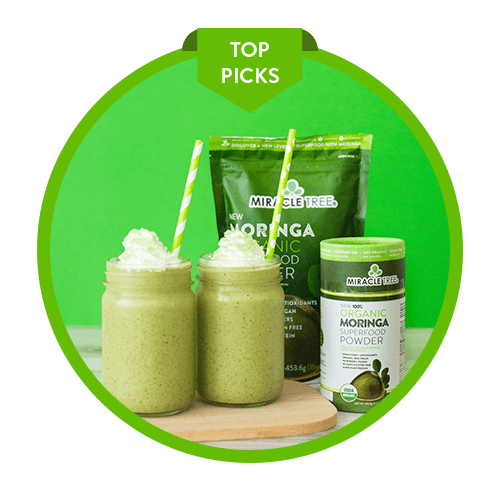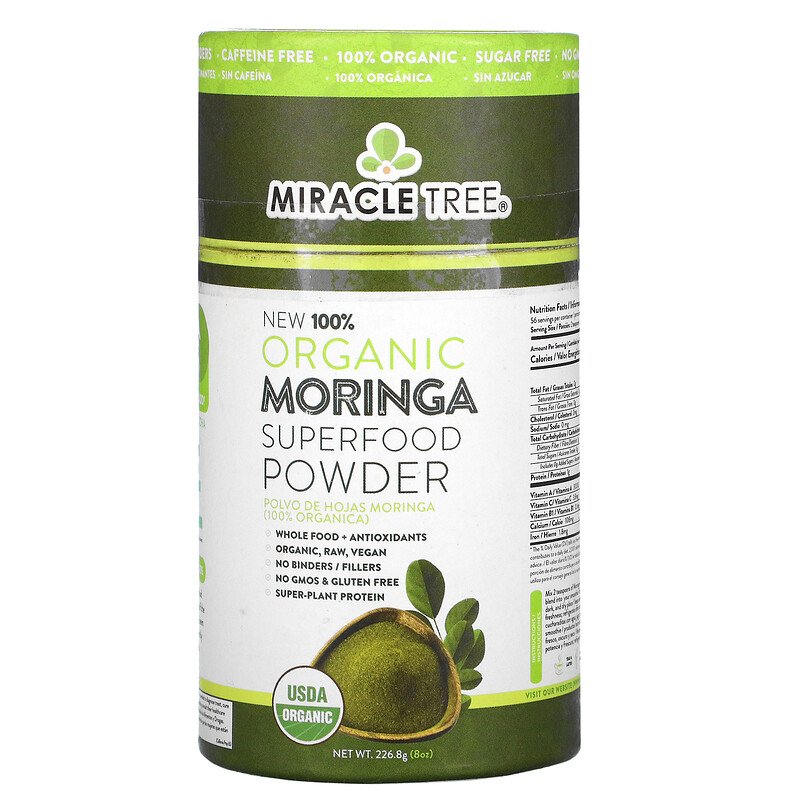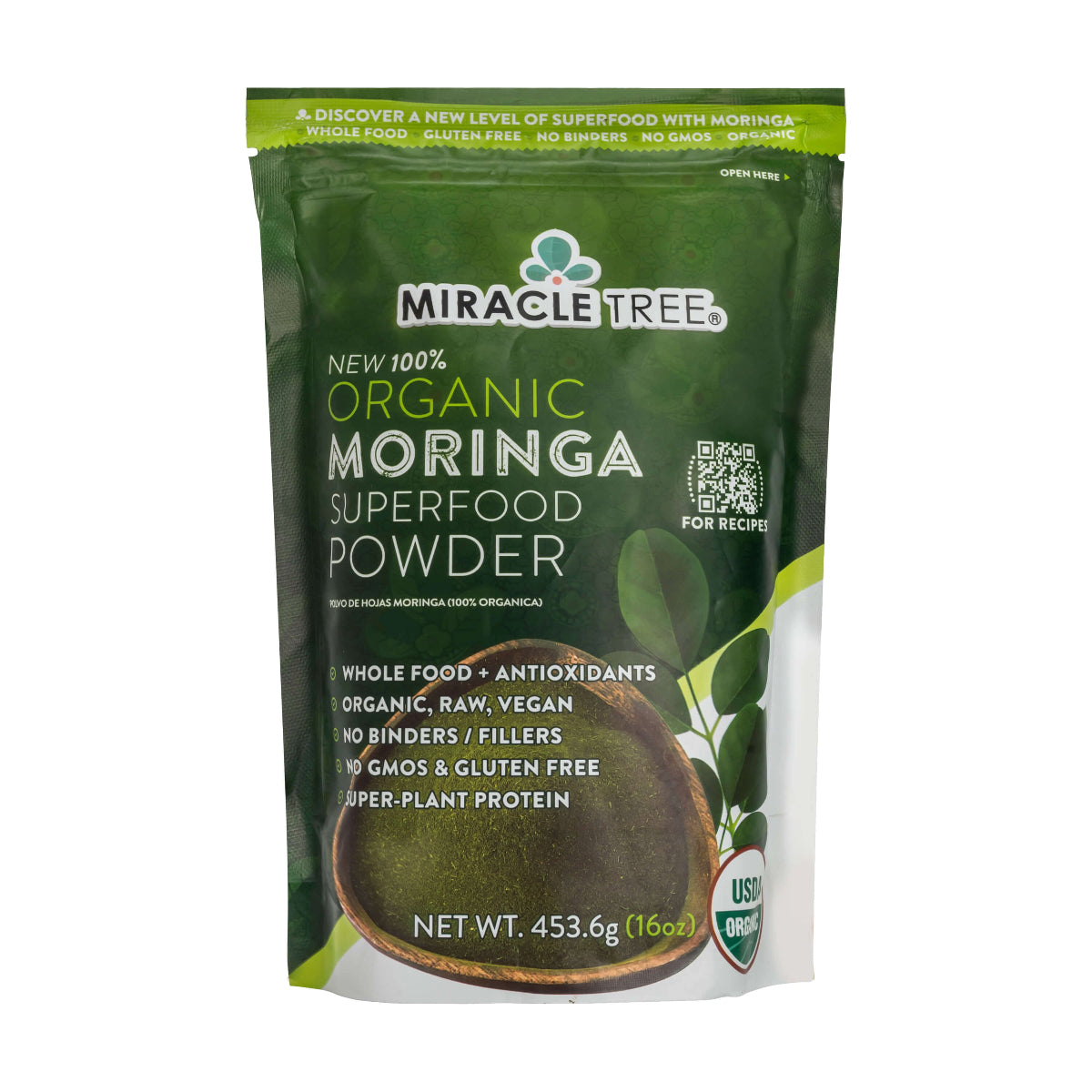You have probably heard that you should add more fiber to your diet a million times. But do you know why dietary fiber is so important? Eating a high fiber diet delivers a slew of health benefits. A high fiber diet benefits your digestion and can help prevent various chronic diseases.
What is fiber?
Dietary fiber is a non-digestible carbohydrate found in plant-based foods. Although fiber cannot be digested, it moves down the digestive tract and aids in digestion of nutrients. Fiber is mostly found in vegetables, fruits, whole grains and legumes.
What are the different types of fiber?
Based on its water solubility, fiber can be split into two broad categories:
- Soluble fiber: This type of fiber dissolves in water to form a gel-like substance in the digestive system. Since soluble fiber absorbs water, a diet rich in soluble fiber may help lower cholesterol levels and help regulate blood sugar levels. It also helps your body improve blood glucose control, which can help in reducing your risk for diabetes. Some good sources of soluble fiber are: Oats, Peas, Beans, Apples, Citrus fruits, Carrots, Barley, and Psyllium.
- Insoluble fiber: Insoluble fiber does not dissolve in water. It helps prevent constipation as it adds bulk to stool. Insoluble fiber can help promote bowel health and regularity. It also supports insulin sensitivity, and hence, reduces your risk for diabetes.
Some good sources of insoluble fiber are:
- Whole-wheat flour
- Wheat bran
- Nuts
- Beans
- Cauliflower
- Potatoes
What are the benefits of eating a high fiber diet?
Both soluble and insoluble fiber have numerous benefits. From controlling your body weight to maintaining your cholesterol levels, a high fiber diet can do wonders for your health.
- May help Protect against heart diseases - did you know that a high fiber diet is extremely good for your heart health? According to a 2017 review of studies, individuals consuming high amounts of dietary fiber may help significantly reduce their incidence and mortality from cardiovascular disease.
- Improves gut health - a high fiber diet is essential to keep your gut healthy. Eating fiber may help prevent or relieve constipation, helping waste to move smoothly through the body.
- Helps with and prevents gastrointestinal disorders - you should increase your fiber intake in order to help prevent several gastrointestinal disorders. According to a 2009 review, increased fiber intake may benefit a number of gastrointestinal disorders; including Gastroesophageal reflux disease, Duodenal ulcer, Diverticulitis, Constipation, Hemorrhoids
- Lowers cholesterol levels - soluble fiber found in beans, oats, flaxseed and oat bran may help lower total blood cholesterol. Soluble fibers help in lowering LDL cholesterol in the blood by affecting how the body absorbs dietary fat and cholesterol.
- May Help control blood sugar levels - consuming a high fiber diet may help slow down the body’s absorption of sugar. This helps to prevent blood sugar spikes after meals. According to a 2008 review, those consuming the highest amounts of dietary fiber, may benefit from a reduction in the incidence of developing type 2 diabetes.
How to increase fiber in your diet?
You can increase your daily fiber intake by eating a variety of fruits, vegetables, legumes and grains. Here are examples of foods you can eat to increase your fiber consumption:
- Pears: This delicious fruit is one of the best sources of fiber. A medium-sized pear contains around 5.5 grams of fiber.
- Apples: An apple is one of the healthiest fruits. To increase your fiber intake, eat one apple per day. A medium-sized apple contains around 4.4 grams of fiber.
- Lentils: We already know that lentils are packed with protein and many other important nutrients. But did you know that lentils are also a very good source of fiber? Just one cup of cooked lentils contains 13.1 grams of fiber. For a high fiber diet, you can try a lentil soup, spiced with cumin, coriander, turmeric and cinnamon for extra antioxidants.
- Moringa powder: Moringa has a lot of fiber, which helps regulate your digestive system. Moringa powder is packed with both soluble and insoluble fibers. There are multiple ways in which you can use moringa powder. You can add it to your soups, salads, juices and smoothies. You can also add it to cake, bread and brownies to increase your fiber intake.
- Chickpeas: One cup of cooked chickpeas contains about 12.5 grams of fiber. There are so many ways you can use chickpeas to consume a high fiber diet. You can make hummus, chickpea salad or even a chickpea soup.

